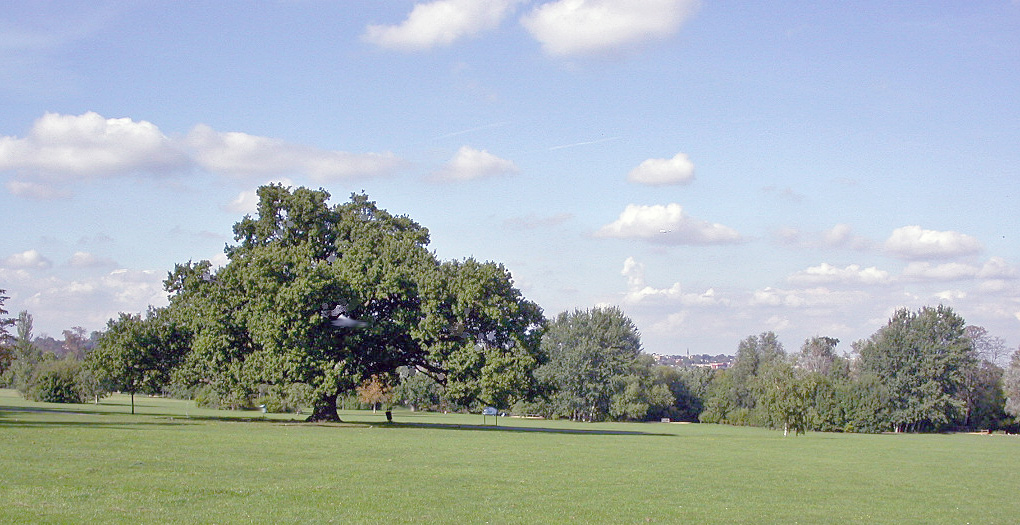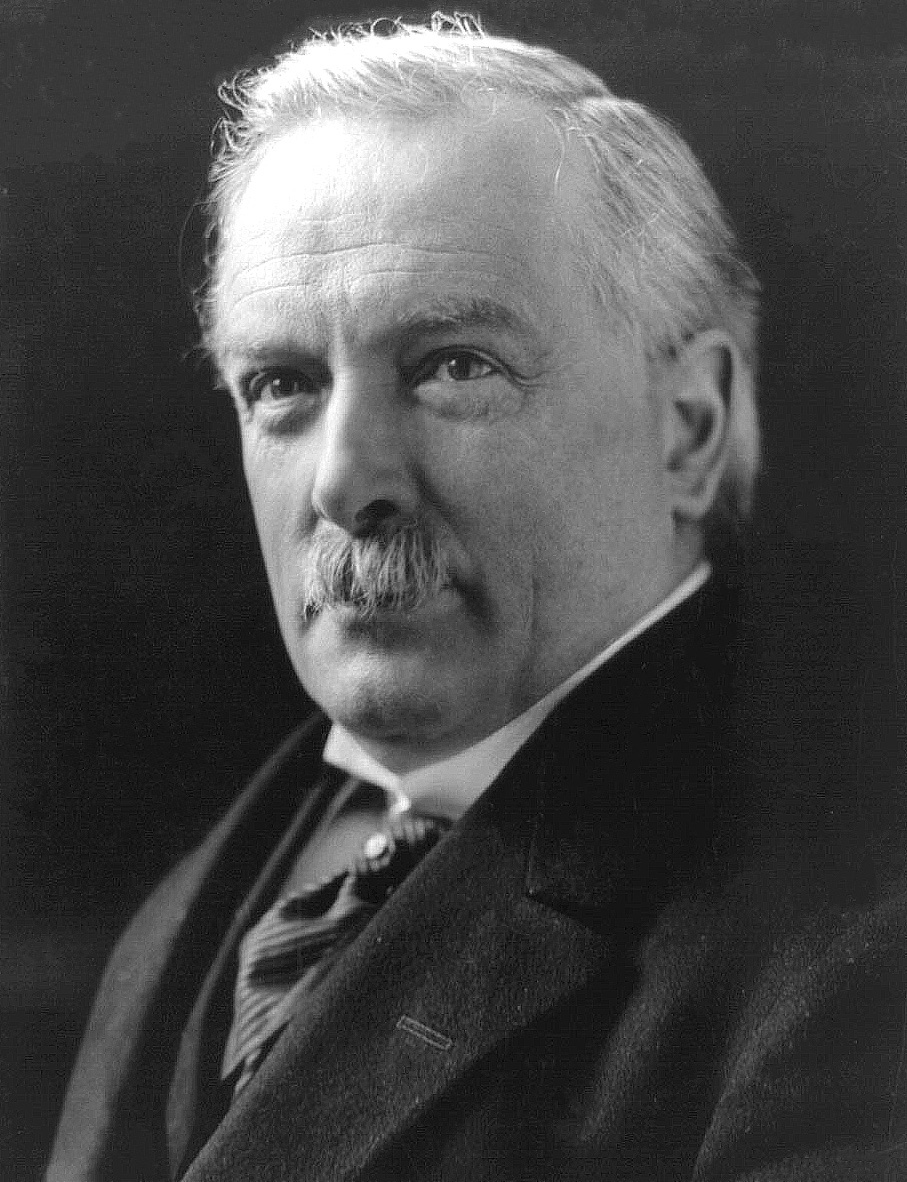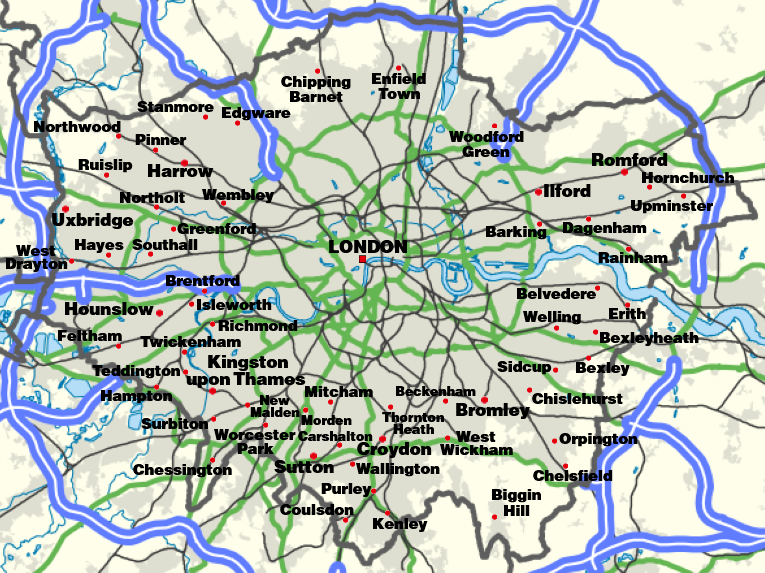|
Cannon Hill, Merton
Cannon Hill is a small district of the London Borough of Merton Location It can be considered to occupy a south-east corner of Raynes Park or be a continuation of that suburb. Economic dependence Raynes Park in turn hosts many of the local amenities on which it depends, such as schools and shops. A much broader economic hub, including entertainment and restaurants figures in Wimbledon, the main commercial hub of the borough to the north-east. Characteristics It is a small Outer London style neighbourhood, specifically, of low population density for its distance from London's centre and in the semi-green west of the Borough. It consists mostly of 1920s/30s terraced, semi-detached and a little detached housing set back slightly from spacious streets and urban avenues. It has fairly high statistics of car ownership per head.Willey, Russ. ''Chambers London Gazetter'', p 78. Many of its houses are in or possess conservation area characteristics and/or features, including Dutch gab ... [...More Info...] [...Related Items...] OR: [Wikipedia] [Google] [Baidu] |
London Borough Of Merton
The London Borough of Merton () is a borough in Southwest London, England. The borough was formed under the London Government Act 1963 in 1965 by the merger of the Municipal Borough of Mitcham, the Municipal Borough of Wimbledon and the Merton and Morden Urban District, all formerly within Surrey. The main commercial centres in Merton are Mitcham, Morden and Wimbledon, of which Wimbledon is the largest. Other smaller centres include Raynes Park, Colliers Wood, South Wimbledon, Wimbledon Park and Tooting Broadway. The borough is the host of the Wimbledon tournament, one of tennis's Grand Slam competitions. The borough derives its name from the historic parish of Merton which was centred on the area now known as South Wimbledon. Merton was chosen as an acceptable compromise, following a dispute between Wimbledon and Mitcham over the new borough's name. The local authority is Merton London Borough Council, which is based in Morden. Districts * Bushey Mead *Colliers Wood *Cops ... [...More Info...] [...Related Items...] OR: [Wikipedia] [Google] [Baidu] |
Raynes Park
Raynes Park is a residential suburb, railway station and local centre near Wimbledon, London, and is within the London Borough of Merton. It is situated southwest of Wimbledon Common, to the northwest of Wimbledon Chase and to the east of New Malden, in South West London. It is 7.8 miles (12.5 km) southwest of Charing Cross. Towards the north and west, either side of the borough boundary with the Royal Borough of Kingston upon Thames are the areas of Copse Hill and Coombe with their large detached houses, golf courses and gated lands. Raynes Park had a population of 19,619 in 2011, which refers to the populations of the wards of Raynes Park and West Barnes. Geography Raynes Park is 7.8 miles from Central London and has one of the largest proportions of green open space in South West London. The area has a number of parks including Cottenham Park Recreation Ground, named after Charles Pepys, 1st Earl of Cottenham, and Cannon Hill Common. It lies approximately 2.5 mile ... [...More Info...] [...Related Items...] OR: [Wikipedia] [Google] [Baidu] |
Wimbledon, London
Wimbledon () is a district and town of Southwest London, England, southwest of the centre of London at Charing Cross; it is the main commercial centre of the London Borough of Merton. Wimbledon had a population of 68,187 in 2011 which includes the electoral wards of Abbey, Dundonald, Hillside, Trinity, Village, Raynes Park and Wimbledon Park. It is home to the Wimbledon Championships and New Wimbledon Theatre, and contains Wimbledon Common, one of the largest areas of common land in London. The residential and retail area is split into two sections known as the "village" and the "town", with the High Street being the rebuilding of the original medieval village, and the "town" having first developed gradually after the building of the railway station in 1838. Wimbledon has been inhabited since at least the Iron Age when the hill fort on Wimbledon Common is thought to have been constructed. In 1086 when the Domesday Book was compiled, Wimbledon was part of the manor of Mortlake. ... [...More Info...] [...Related Items...] OR: [Wikipedia] [Google] [Baidu] |
Interwar Britain
In the United Kingdom, the interwar period (1918–1939) was a period of relative stability after the division of Ireland, though of economic stagnation. In politics, the Liberal Party collapsed and the Labour Party became the main challenger to the dominant Conservative Party throughout the period. The Great Depression affected Britain less severely economically and politically than other major nations, although some areas still suffered from severe long-term unemployment and hardship, especially mining districts and in Scotland and North West England. Historian Arthur Marwick sees a radical transformation of British society resulting from the Great War, a deluge that swept away many old attitudes and brought in a more egalitarian society. He sees the famous literary pessimism of the 1920s as misplaced, arguing there were major positive long-term consequences of the war for British society. He points to an energised self-consciousness among workers that quickly built up the ... [...More Info...] [...Related Items...] OR: [Wikipedia] [Google] [Baidu] |
Cannon Hill Lane Railway Bridge, Merton
A cannon is a large-caliber gun classified as a type of artillery, which usually launches a projectile using explosive chemical propellant. Gunpowder ("black powder") was the primary propellant before the invention of smokeless powder during the late 19th century. Cannons vary in gauge, effective range, mobility, rate of fire, angle of fire and firepower; different forms of cannon combine and balance these attributes in varying degrees, depending on their intended use on the battlefield. A cannon is a type of heavy artillery weapon. The word ''cannon'' is derived from several languages, in which the original definition can usually be translated as ''tube'', ''cane'', or ''reed''. In the modern era, the term ''cannon'' has fallen into decline, replaced by ''guns'' or ''artillery'', if not a more specific term such as howitzer or mortar, except for high-caliber automatic weapons firing bigger rounds than machine guns, called autocannons. The earliest known depiction of ... [...More Info...] [...Related Items...] OR: [Wikipedia] [Google] [Baidu] |
Cannon Hill Tube Station
Cannon Hill was an authorised railway station planned by the Wimbledon and Sutton Railway (W&SR) and Underground Electric Railways Company of London (UERL) but never built. It was to be located on Cannon Hill Lane in Merton, in south-west London. Plan The station was to have been built on the W&SR's planned surface railway line in Surrey (now south-west London) from Wimbledon to Sutton. The station was to be built on a bridge where the railway crosses Cannon Hill Lane. The construction of the railway was approved in 1910. In 1911 the UERL agreed to provide funding for the line's construction and to operate its train services by extending the UERL's District Railway (DR) from Wimbledon station. Delays in the purchase of land along the railway's route and the outbreak of war prevented the works from commencing and the permission was extended several times with a final extension granted in 1922. Following the war, the UERL presented new proposals to construct an extension of the ... [...More Info...] [...Related Items...] OR: [Wikipedia] [Google] [Baidu] |
Raynes Park Railway Station
Raynes Park railway station serves the district of Raynes Park in the London Borough of Merton. It is south-west of and is situated between and on the South West Main Line. The next station along on the Mole Valley branch line is . The station is served and operated by South Western Railway, and is in Travelcard Zone 4. It has 4 platforms and 2 of them are accessible with ramps from the station entrance (those being the platforms to London Waterloo) History The railway station at Raynes Park was opened on 30 October 1871 on the London & South Western Railway (L&SWR) line that ran from its terminus at London Waterloo to Woking and beyond. The line runs east by north-east in the London direction and has two through lines (for express services) through the middle and platforms to the outsides. Raynes Park is the junction station where the line to Motspur Park (and on to Chessington South, Dorking or Guildford) branches off from the South West Main Line ultimately to coast ... [...More Info...] [...Related Items...] OR: [Wikipedia] [Google] [Baidu] |
London Waterloo Station
Waterloo station (), also known as London Waterloo, is a London station group, central London terminus on the National Rail network in the United Kingdom, in the Waterloo, London, Waterloo area of the London Borough of Lambeth. It is connected to a London Underground Waterloo tube station, station of the same name and is adjacent to Waterloo East station on the South Eastern Main Line. The station is the terminus of the South West Main Line to via Southampton, the West of England main line to Exeter via , the Portsmouth Direct line to which connects with ferry services to the Isle of Wight, and several commuter services around west and south-west London, Surrey, Hampshire and Berkshire. The station was opened in 1848 by the London and South Western Railway, and it replaced the earlier as it was closer to the West End of London, West End. It was never designed to be a terminus, as the original intention was to continue the line towards the City of London, and consequently t ... [...More Info...] [...Related Items...] OR: [Wikipedia] [Google] [Baidu] |
Areas Of London
London is the capital of and largest city in England and the United Kingdom. It is administered by the Greater London Authority, City of London Corporation and 32 London boroughs. These boroughs are modern, having been created in 1965 and have a weaker sense of identity than their constituent "districts" (considered in speech, "parts of London" or more formally, "areas"). Two major factors have shaped the development of London district and sub-district identities; the ancient parish – which was used for both civil and ecclesiastical functions – and the pre-urban settlement pattern. Ancient parishes and their successors The modern London boroughs were primarily formed from amalgamations of Metropolitan, County and Municipal Boroughs. These were formed from ancient parishes (or groupings of them), with ancient parishes in turn generally based on a single manor, though many were based on more than one and a few manors were so large that they were divided into multiple pari ... [...More Info...] [...Related Items...] OR: [Wikipedia] [Google] [Baidu] |






